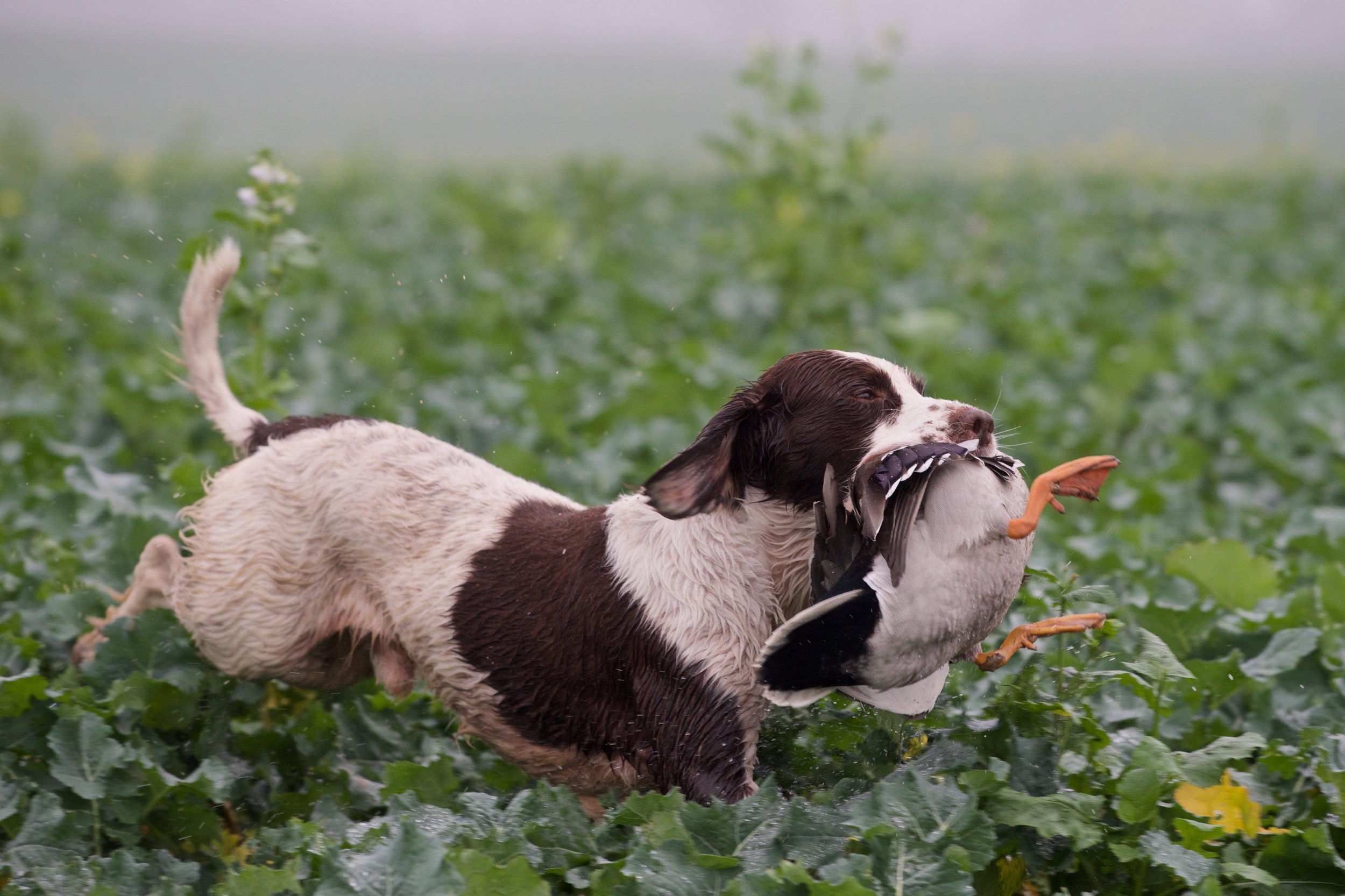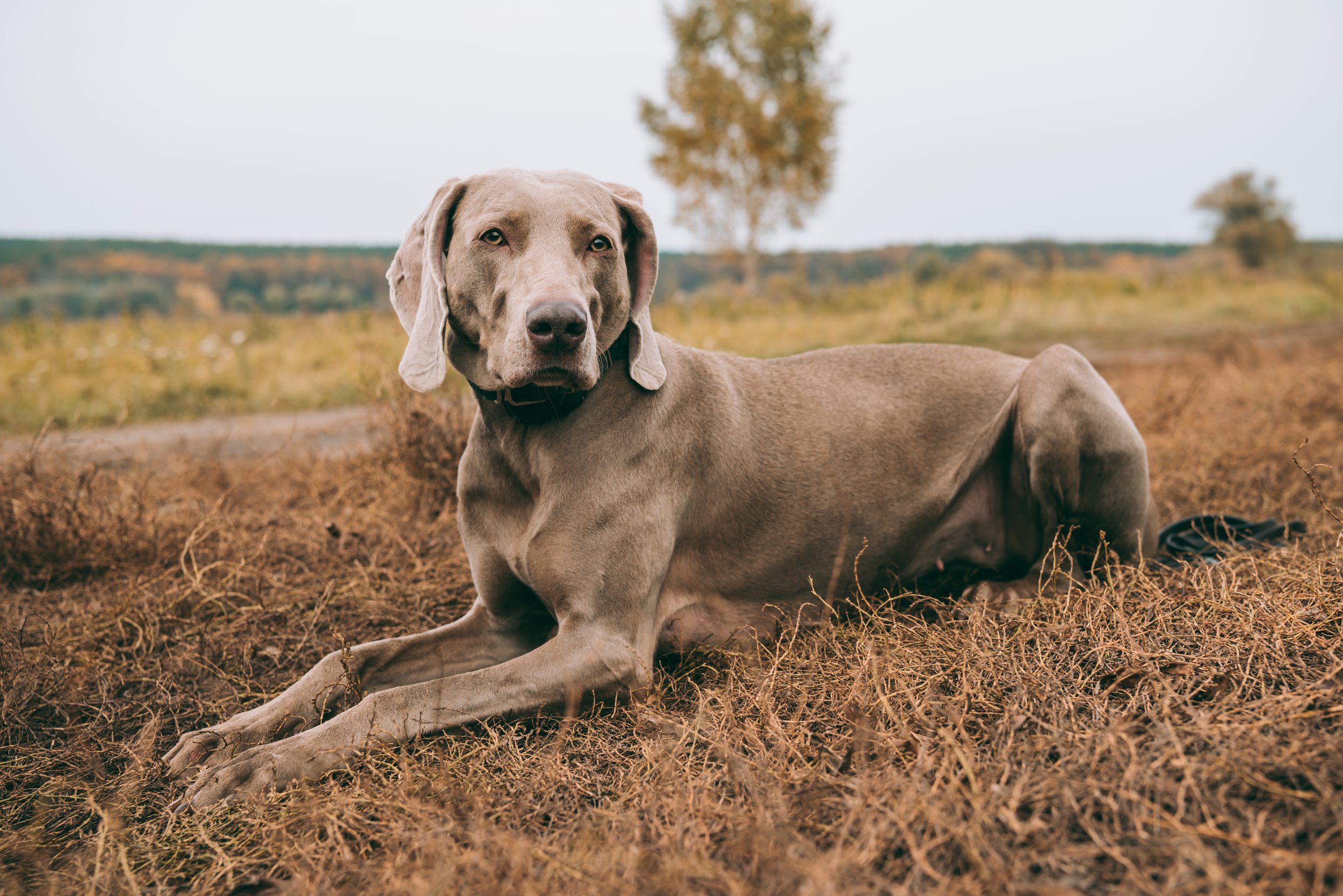Dog Breed Highlight: Boykin Spaniel
If you’ve read our previous blogs, you might remember our previous highlight of Tennessee’s love for Bluetick Coonhounds. This month, we’d like to call attention to a South Carolina original: The Boykin Spaniel.
In 1985, Boykin Spaniels were named the official state dog of South Carolina by the state legislator. Boykins enjoy a fascinating and well-documented history in the United States. Once called South Carolina’s best kept secret, now it’s popularity is well-known throughout the country, particularly in south-eastern regions, and is a favorite choice as a versatile hunting companion.
A Brief History of the Boykin:
It all started with a dog with the unfortunate name of Dumpy. A president of a local bank in Spartanburg, South Carolina was on his way to Sunday service. On his way, a small brown dog started following the gentleman, all the way into the church itself where it was immediately kicked out. Patiently waiting outside, the brown dog greeted the gentleman again with a wagging tail. The gentleman decided to take the dog home and started training the young pup. Impressed with its intelligence, the gentleman decided to take the brown dog to a top trainer in the area, Whit Boykin. Dumpy would be the first in a long line of dogs that make up the heritage of this particular breed.
Little Brown Swamp Dog
Waterfowl are abundant in the swampy wetlands of South Carolina. Hunters needed to be able to navigate the thin water ways, and tupelo trees growing straight out of the water. Navigating the swampy wetlands was best with a boat, specifically, a small nimble boat that could navigate uncharted terrains and paths. Because a small boat was necessary, and traveling light was a requirement, another need arose as well: a need for a hunting dog that was smaller, and more versatile and could perform several different tasks or jobs that might require two birddogs. Boykins filled that role with spectacular results, quickly gaining popularity in hunting circles throughout South Carolina. The “little brown swamp dog” had an almost cult following in South Carolina, celebrated by hunters, and beloved as family pets too.
Boykins were kept close to home, as breeders were reluctant to sell outside of South Carolina even up to the 1990s:
“It took great persistence for Copeland to get his first puppy. “We were out of the mainstream,” he recalls. “We looked high and low, but had a very difficult time getting anyone to sell one out of state. … Even in the mid-1990s, it was still a very closely guarded secret.”
It wasn’t long until Boykin’s were being recognized for their hunting capabilities outside of South Carolina, but it wasn’t until 2009 that the AKC recognized Boykin Spaniels as an official sporting dog breed.
Physical Appearance and Hunting Capabilities
At first glance, the Boykin Spaniel resembles the class American Water Spaniel (AWS), but there are notable physical differences. The American Water Spaniel weighs between 25 and 45 pounds and stands 15 to 18 inches tall. However, the Boykin Spaniel weighs between 25 and 40 pounds and stands 14 to 18 inches tall. The biggest difference between the AWS and Boykin is their respective coats. AWS coats can have either marcel (uniform waves) to a curly, thick coat that sustains the dog in the colder climates. Boykins, on the other hand, has a coat that can range from flat and slightly wavy curly hair.
A Spaniel Can Get the Job Done
Boykins are celebrated for their versatile hunting capabilities. Noted for being able to “always getting birds up in the air” when flushing for waterfowl. Boykins are fantastic for retrieving as well, described as a “head down” kind of gun dog. Whether it’s hunting in open fields, woodlands, farmlands, in briars, along fencerow or marshlands, a spaniel can get the job done. “Their biggest fault, I say jokingly, they’re too damn cute.” Says Larry Hinchman, owner of J&L Boykin Spaniels. “People don’t train them as much as they should get trained.” Boykins, characterized as being a highly intelligent breed, are described as having a hard head, and a soft heart. They learn quickly, but get bored easily, and tend to question authority. “They need a job of some kind,” says Hinchman, “they need to know they’re useful to you too, not just as a pet.”
What’s the Catch?
One stereotype of the breed that seems to have weight is its ability to be heat-tolerant, making them ideal for hunting in southern parts of the United States, where temperatures can remain high well into the hunting season. Their small size also made them ideal for operating out of boats that normally wouldn’t be able to hold a lab, or more than one dog. Their coats also allow them to go through brush that would stop other breeds of bird dogs who’d have trouble traversing treacherous terrains. While they aren’t natural retrievers, Hinchman says the art can be instilled in a pup at an early age. Getting retriever training done before taking them in the field is a crucial part of training a Boykin Spaniel, as Hinchman notes, “the nose can get in the way.”
Their versatility as a breed is not only applied to their hunting abilities, but to their behavior as well. When in a household, Boykin’s temperaments have been praised for being a wonderful addition to a family, but hunters also note the change in temperament when they are in the fields. They have an incredibly strong prey drive becoming focused on their task at hand when they have a job to do.



























